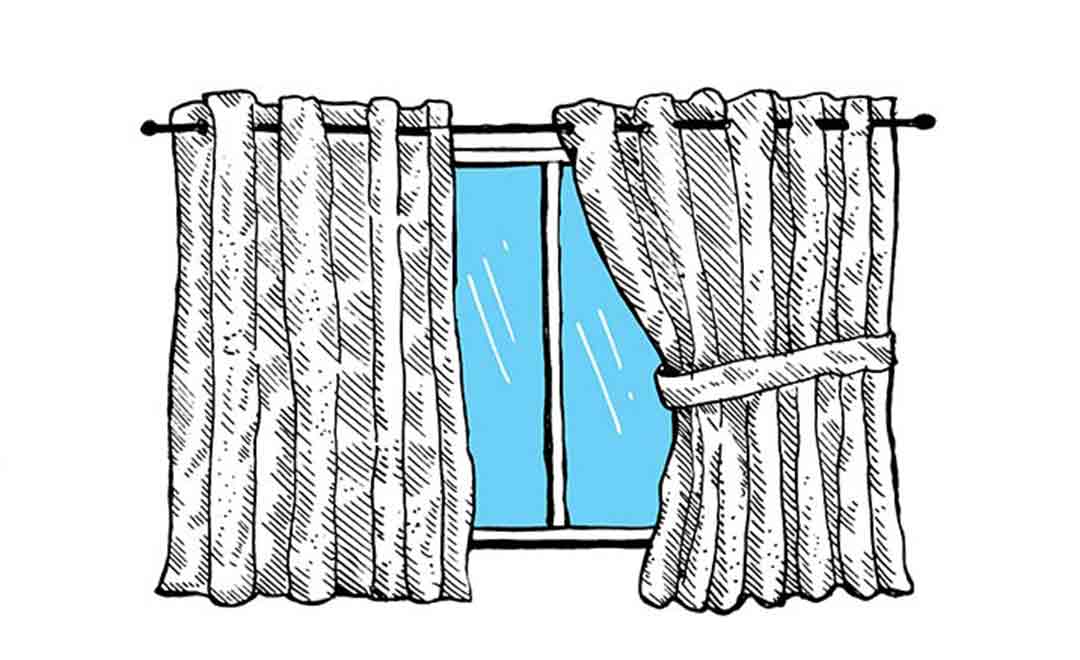A home’s window coverings serve a range of purposes from providing privacy to blocking some or all light and helping with temperature control. Depending on the style and location of your home and which room you are fitting, you will need to select from a variety of different curtains, blinds and window coverings. Get to know some of the different types so when it comes time to shop, you know which you prefer and which will be suitable for your home.

Illustration: Barry Allen Patenaude
Drapes
Drapes or curtains can be made using a variety of materials, both natural and synthetic and will fulfil different needs depending on which fabrics you choose. Similarly different fibres can be treated in different ways to achieve different looks and textures. Merino wool for example can be used for heavy, lightweight, block out or sheer style curtains. Heavier weaves and darker colours will block more light than a lightweight curtains. Similarly a thick, Merino wool curtain will act as a very good insulator to keep your home cool in summer and warm in winter. One of the benefits of drapes over blinds is that they can be easily washed to keep them looking fresh and preventing a build-up of germs. Wool curtains generally can be washed on a gentle cycle and the resilient nature of the fabric means they will be long lasting.
Shutters
Timber shutters attached to your windows can entirely block out light when closed but can be opened to allow light and views in. They will however slightly obstruct views even when open. This is great for added privacy but perhaps not suitable on a home with an outlook you want to be able to see at all times. Shutters can also be attached to the inside or outside of your windows with the option to swing them fully open. Shutters that louvre both up and down are useful for blocking or directing light in either direction.
Venetian blinds
Timber, metal or plastic, Venetian blinds are made up of numerous horizontal slats joined together usually by strings on each side. Like shutters they will always slightly obstruct views and provide privacy even when open while blocking almost all light when closed. The benefit of Venetian blinds is with the simple pull of a string the entire blind can be raised to the top of a window to allow light and views in. A downside to this type of window covering is that dust gathers on individual slats requiring constant and cumbersome dusting. Venetians are also available in a mini version with smaller slats.
Roller blinds
As their name suggests roller blinds are made using one-piece of fabric attached to a pole, that rolls the fabric up and down, around the pole. Unlike Venetian blinds, when the cord or chain is pulled they will open completely allowing sight and light into a space.
